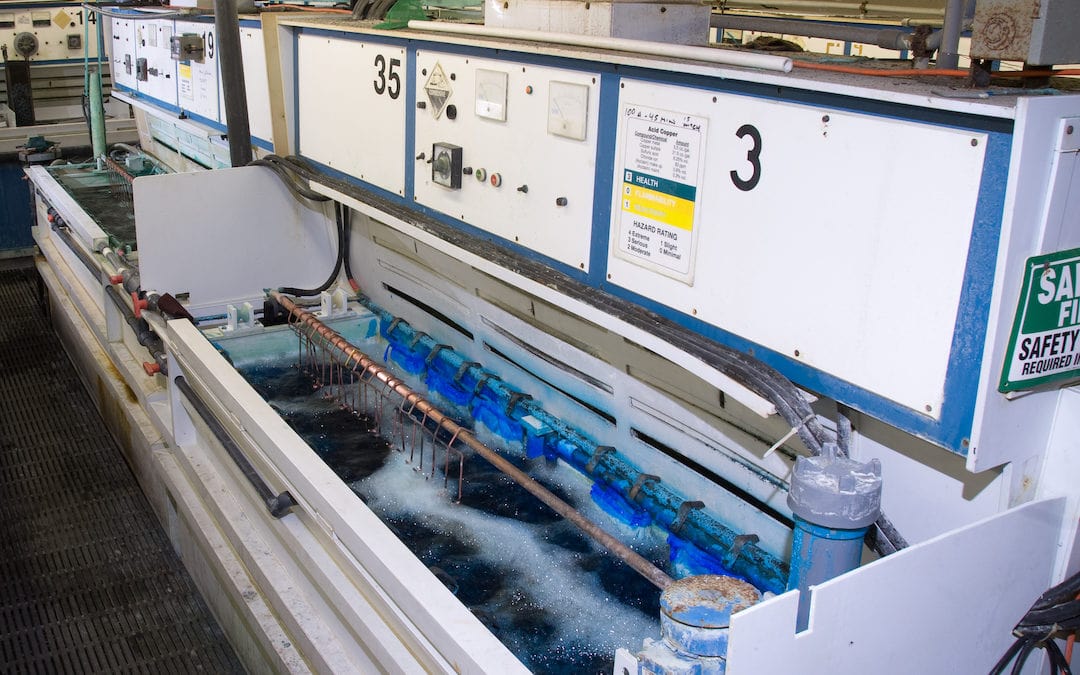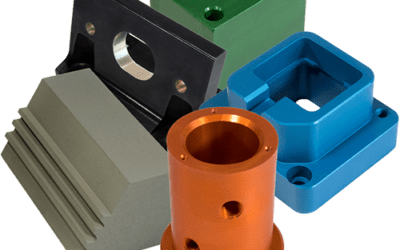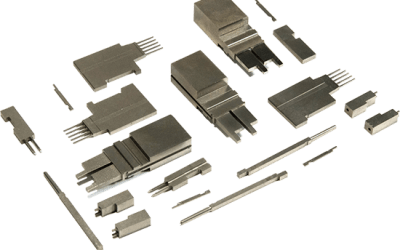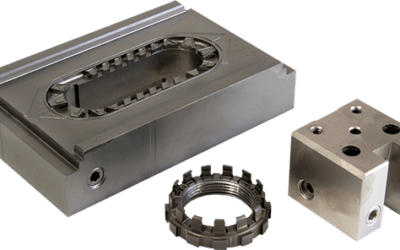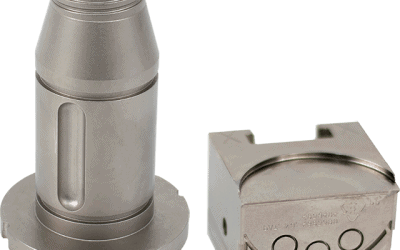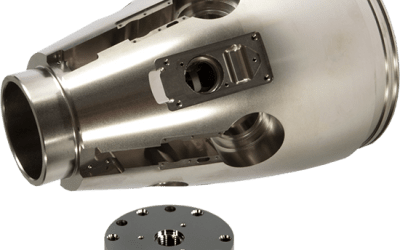Electroless Nickel Plating vs. Aluminum Anodizing: Which is Best Based on Application
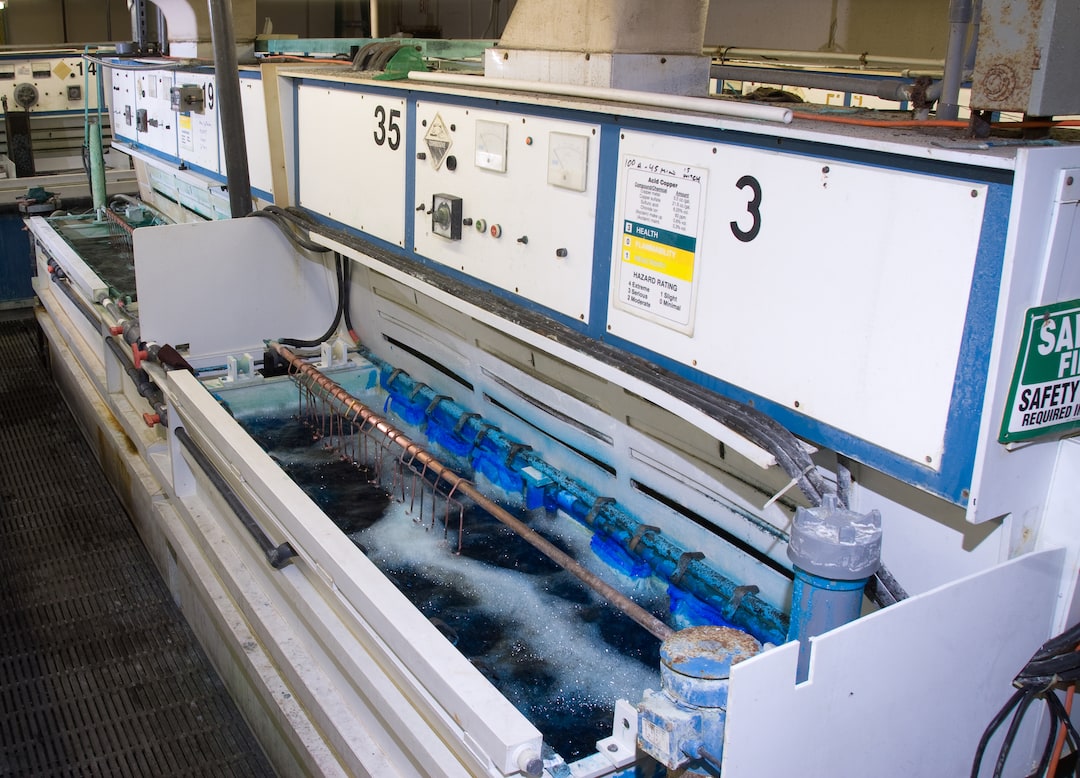
There are numerous advantages to plating or anodizing certain parts and components. Plating and anodizing both limit corrosion, extend the usability of the part, insulate parts from electrical currents and more, but exactly which finish is being used vary based on the application of the component being protected. PFI Inc. provides both electroless nickel plating and aluminum anodizing for industries including military, industrial, aerospace, healthcare, and more.
Autocatalytic Nickel Plating | Electroless Nickel Plating
Electroless Nickel, sometimes also referred to as autocatalytic nickel plating, is a reaction between the substrate and the nickel solution, creating a uniform deposit over the component no matter the configuration. The reason it is called “electroless” is that no electrical current is needed to perform this operation. At PFI Inc., we offer three different electroless nickel baths based on the level of corrosion protection requested, brightness, or RC hardness.
Type II & Type III Aluminum Anodizing Services for Military Applications
Aluminum anodizing is a popular coating that is applied via a sulfuric acid bath that grows half into the component and half out of it too, creating a thin layer of build-up on the surface of whatever is being anodized. There are three main types of anodizing, and PFI Inc. regularly performs Type II and Type III aluminum anodizing services for our clients. Type II anodizing is popular because this coating can be done in numerous colors such as black, blue, gold, olive drab, red, and green. Type III anodizing is the most requested industrial coating. It comes in just a standard black, it increases the hardness of aluminum and is non-conductive after coating. All of our military applications meet the mil-a-8625 specification.
Nickel Plating Compared to Anodizing Based on Application Use & Industry
Perhaps the biggest considerations between anodizing and nickel plating are general appearance and weight. Anodizing adds almost no weight to the component, whereas nickel plating will add weight and outer dimensions (OD) to the component. Also, since anodizing grows half into the actual component and half as a layer, the resulting build-up is one that is extremely thin — as opposed to the nickel plating process which is simply just a surface coating. Though nickel plating is a surface coating, it is stronger than even type III anodizing, also called hardcoat aluminum anodizing. So even though aluminum anodizing is lighter and limits the OD from being severely altered, the tradeoff for nickel plating is strength and durability.
As far as general appearance goes, there are certain parts that simply do not anodize well. Many components from cast aluminum, especially if the aluminum used has a high degree of smut in it usually from foreign sources when anodized do not come out with an even or consistent coating. For smooth cast aluminum parts, anodizing provides an aesthetic finish since anodizing can be done in a clear coating as well as a multitude of colors, which can definitely be an attribute in favor of anodizing. Nickel plating is more versatile, and still almost always looks good, that is if you don’t mind the extra weight added to the part. At this point, it’s really about preference and what exactly is being finished.
Lastly, one final advantage for electroless nickel plating is it does not reduce the integrity of the base metal being plated. Also, repeating the process doesn’t destroy the part–as opposed to anodizing where there’s a good chance the part or component could be compromised if it is anodized more than once.
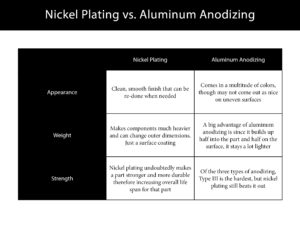
Conclusions and Expert Advice from PFI Inc.– Your Electroless Nickel Plating & Aluminum Anodizing Services
So which is better, aluminum anodizing or electroless nickel plating? As is the case with many comparisons, the answer is almost always, “it depends.” As far as strength and durability go, nickel plating is the clear and obvious winner, but the tradeoff is weight and flexibility. With aluminum anodizing, the product’s overall dimensions do not change as much, and it has the ability to be a multitude of colors which can be a major draw based on what exactly is being finished. The best way to determine which is the best finish for a particular component, and that component’s subsequent application, is to give us a call and talk with one of our experts to ensure the best process at the best price.
